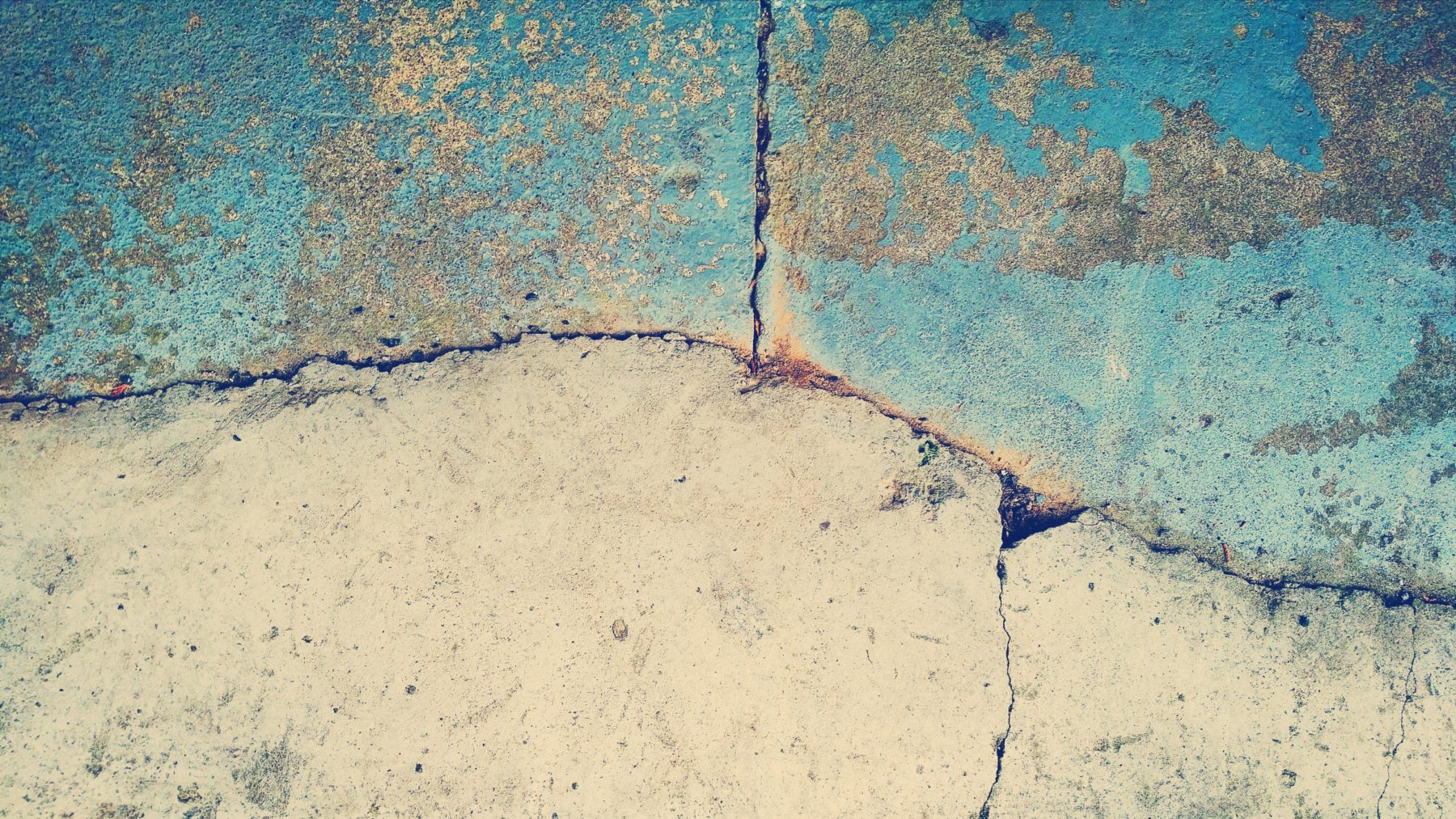Will Concrete Crack Under Heat?
August 9, 2022

Concrete is an excellent material for various applications, from interstate highways to your home’s foundation. However, despite concrete’s popularity and strength, it can be susceptible to cracking when the proper precautions aren’t taken. Will concrete crack under heat? The answer depends on many factors, but the good news is that careful planning along with quality products and workmanship can drastically minimize the likelihood of cracks.
Understanding the Reasons for Cracking
The National Ready Mix Concrete Association (NRMCA) defines thermal cracking as a phenomenon that occurs due to wide temperature shifts in structures made from concrete or in the materials surrounding those structures. As materials heat up, they expand; as they cool down, they contract. Thermal cracking is far more likely when part of the concrete structure is warmer than the rest. When an area of concrete cools, it contracts until it reaches the portion of material that is warmer, and that warmer area prevents any further contraction. In some cases, the restraint that the warm concrete places on the cool concrete’s ability to contract will create more stress than the concrete is designed to withstand, and therefore cracking occurs.
These thermal cracks are most likely to occur during the curing process, which is a chemical reaction that generates a great deal of heat. Fortunately, knowledgeable and professional concrete contractors can control that reaction and reduce the likelihood of cracking.
How to Prevent Thermal Cracking
Thermal cracking is far more likely to occur in newly poured concrete, so it’s important for both the contractor and the home or business owner to remain vigilant until the concrete has been cured completely. Prevention is key, and there are several things that can significantly reduce cracking risk.
- Adjusting the concrete mixture. The concrete mixture itself, including the additives, plays an integral role in crack prevention. Adding supplementary materials to concrete can often help to reduce its ability to trap heat, and in some applications, it may be suitable to add chemicals that can slow the heating process enough to prevent cracks. It’s also important to use the proper amount of water in the mix to avoid cracks caused by shrinkage.
- Drying the concrete properly. When concrete dries too quickly, the risk of cracking increases drastically. The curing process is a chemical reaction that generates heat as the concrete changes from a liquid to a solid, and while your concrete may appear dry in 24 hours, this chemical reaction will continue for weeks. Cracking will occur when there is not enough moisture in the concrete to facilitate the reaction, so proper curing and drying are crucial.
- Utilizing control joints. A quality concrete contractor will always use control joints to help direct cracks to specified areas. Contractors will make joints that are as deep as the slab itself, and the space between them should be no more than two to three times the thickness of the concrete. To put this into perspective, a three-inch concrete slab would have control joints anywhere from six to nine inches apart from one another. This way, as the concrete heats up, the cracks can help absorb some of the tension created by that heat.
- Preparing the ground for concrete. Concrete cannot be poured on frozen ground, so keep this in mind when planning your pour. Aside from this, contractors will compact the ground where the concrete will be placed, and they will also prepare a subgrade that is specific to the conditions of the soil in the pour location. Starting with the properly prepared ground is important for moisture and heat control, but it also reduces the likelihood of significant shifting, which can also lead to cracks.
If you’re concerned about cracks in your concrete, prevention is everything, and it all starts with a concrete contractor such as United Companies. We have the experience, expertise, tools and workmanship to get the job done right from the start. We begin with a sound subgrade and the right concrete mixture, which is paired with joint installation and proper curing. When these things are carried out carefully, we can ensure that heat-related cracks are far less likely to occur. Give us a call today and we’d be happy to help you get started!

